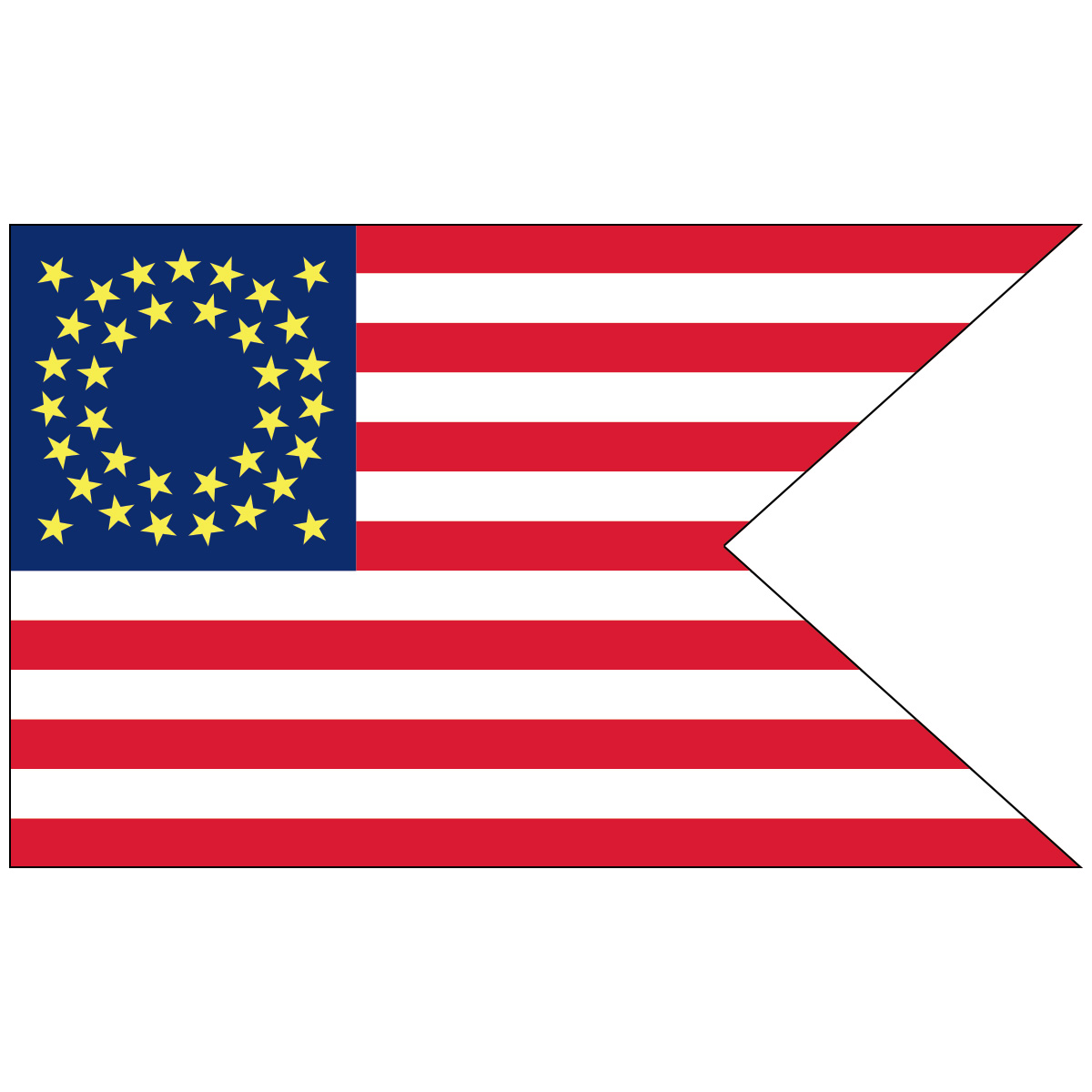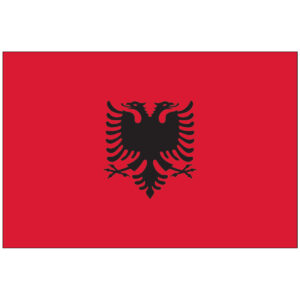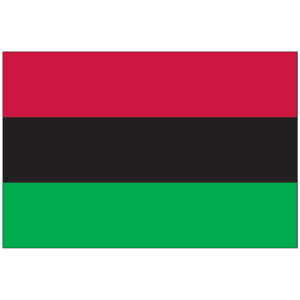Philadelphia Light Horse Troop Nylon Flag
$69.95
Philadelphia Light Horse Troop Nylon Flag – The First Troop Philadelphia City Cavalry, also known as the First City Troop, is a unit of the Pennsylvania Army National Guard. It is one of the oldest military units in the United States still in active service and is among the most decorated units in the U.S. Army. Accordingly, the Troop operates under a number of principles of self-governance unique in the U.S. military, including the election of unit members and officers, voluntarily forgoing pay for military service to the country, continuing to practice horse cavalry skills and tactics, and recruiting a high percentage of its members from veterans of prior active duty service across all branches (many of whom resign past officer commissions to join), as well as older civilian mid-career professionals.
About Our Philadelphia Light Horse Troop Nylon Flag
The First Troop Philadelphia City Cavalry, or "First City Troop", was organized in 1774 as the Light Horse of the City of Philadelphia, often referred to as the Philadelphia Light Horse, one of the first patriotic military organizations established in the American Revolution. Abraham Markoe was the founder and the first Captain of the Philadelphia Light Horse, known today as the First Troop Philadelphia City Cavalry. Early members came from a number of local social organizations, including the Schuylkill Fishing Company, the Schuylkill Company of Fort St. Davids, the St. Andrew's Society of Philadelphia, the Society of the Friendly Sons of St. Patrick, the Society of the Sons of St. George, and especially the Gloucester Fox Hunting Club. Captain Samuel Morris was Gloucester's first president and Captain Robert Wharton its last. During the Revolution, the troop fought in the battles of Trenton, Princeton, Brandywine, and Germantown. It often served as George Washington's personal bodyguard. The unit also saved James Wilson at the "Battle of Fort Wilson" riot. During the American Civil War, the First City Troop was called into active duty several times, beginning with the 1861 Campaign that led to the First Battle of Bull Run. During the Gettysburg Campaign, the company, under the command of future U.S. Speaker of the House Samuel J. Randall, performed scouting duties leading into the Battle of Gettysburg, Pennsylvania, in late June before being redeployed to York County following a brief skirmish on June 26, 1863. The company later screened Columbia-Wrightsville Bridge against the Confederate forces of John Brown Gordon. John J. Pershing said that "no National Guard organization in the country did more, relatively, in the First World War than" the First City Troop.




